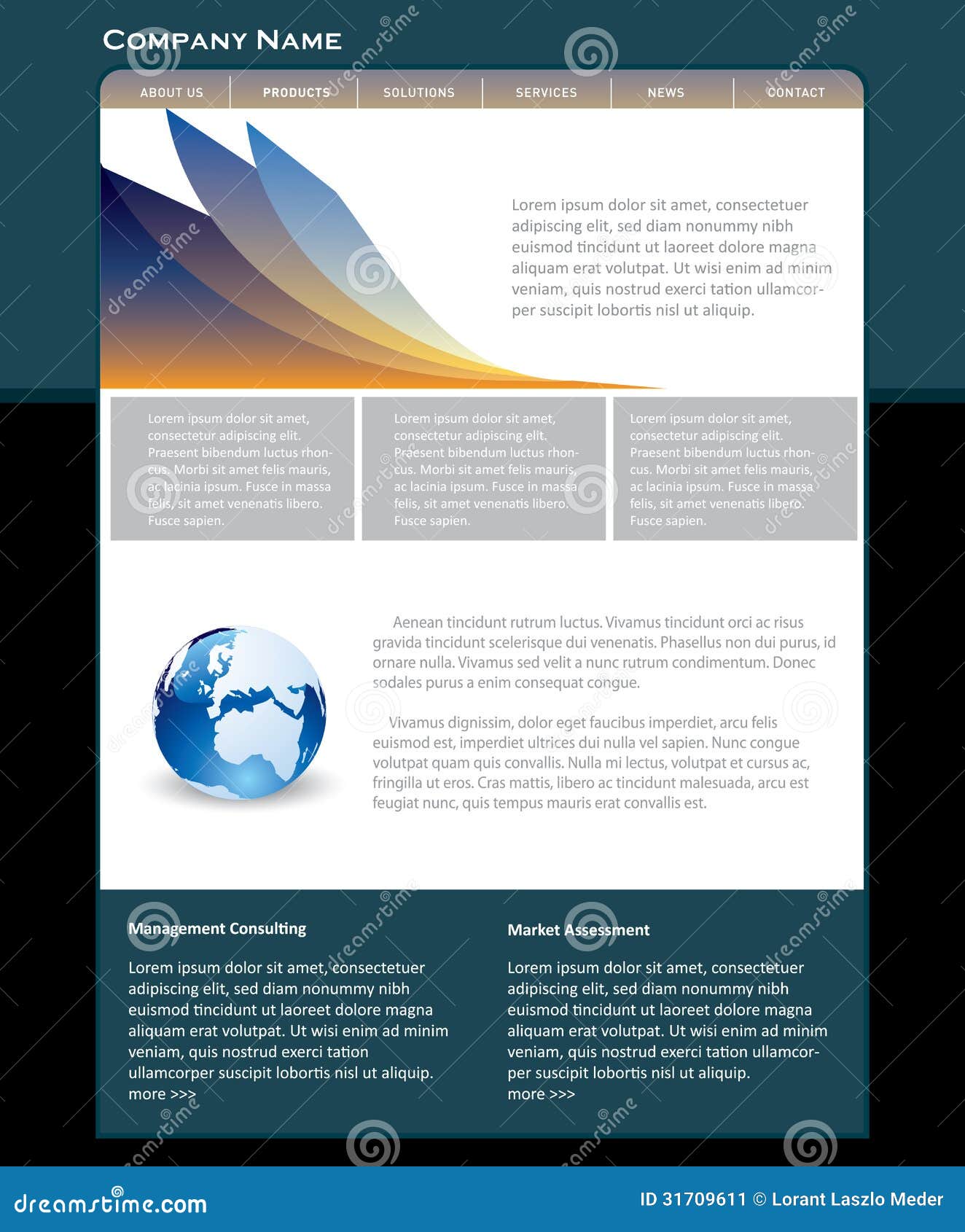

With the background-image CSS property.There are two ways to add images to a web page. Know When to Use the Background-Image CSS Property To learn more about this topic read our article on the rules of alt. The alt attribute should be used on every single img on your website. Did you know there are times when you should use the alt attribute but leave it empty? It’s true! If you have an image on your site that is purely aesthetic and does not contribute meaningful content to the site, use the empty attribute alt="" so that text-only browsers and screen readers will know to skip it entirely. However, the use of alt text goes beyond just adding a short description to your images. Always Provide Alternate TextĪs we just mentioned, alternate text is what website visitors rely on if they can’t see your image.

Will they be able to use the website and fully understand the web page content? Use the alt attribute to assign alternate text to your images to ensure your content and website are accessible. If you are using an image that adds meaning or functionality to a web page, think about the experience of visitors using a text-only browser or screen reader.

Wherever you source your images, be sure to follow licensing and attribution guidelines very carefully for every single image you post. Stick to these sorts of sites for your images or buy images from stock photo sites. There are a few stock image sites that proudly proclaim that you can use their images free-of-charge without any attribution whatsoever. Let the misfortune of teach you an important lesson: only use images you’re sure you have the right to use. This isn’t something we’re making up or exaggerating. Many images are protected by copyright laws, meaning that using them without permission can land you in very hot water facing legal and financial penalties. While that may technically be true, it’s a terrible way to find images for your website.

“Did you know you can use Google image search to find any image you want?” Have you ever heard someone say this before? Only Use Images You Have the Right to Use To help you avoid those pitfalls, here are our top five recommendations for using images on the web. However, used improperly, images can be ineffective, create accessibility issues, and even land you in legal trouble. Images can improve the appearance of your site and can help explain concepts that are difficult to put into words. Five Tips for Using Images on the WebĪdding images to your website is great, but using images correctly is better. While the massive growth of the web in the early 1990s cannot be attributed entirely to improved support for images, it was one of a few factors that marked the transition of the web from being a network for researchers to a communications platform for the masses. However, with Mosaic and the img tag added to HTML, the mid-1990s saw rapid growth in the popularity of the web. Before Mosaic and the img tag images were loaded in a separate window or downloaded and opened with an image viewer. But in 1993 the img tag was proposed and Mosaic, the first browser to display images inline with text, was launched. Prior to 1993, the web was not a very friendly place for images. 3 Two Other Ways to Add Images to a Web Page.2.4 Know When to Use the Background-Image CSS Property.2.2 Keep Your Content and Website Accessible.2.1 Only Use Images You Have the Right to Use.2 Five Tips for Using Images on the Web.The Student Web Developer’s Ultimate Resource Centre – 10 Articles You Need In 2019.What Is Doxing? (And Why Is It So Scary?): An Infographic.
#SIMPLEIMAGE FOR WEB HOW TO#
7 Free Wifi Safety Steps And How To Implement Them.10 Completely Innocent Websites Britain Blocked (And How It Happened).The 7 Most Hated Internet Innovations of All Time.Barbaric Data Center Downtime Costs - Exposed!.6 Bad Digital Habits and How to Beat Them.HTML Tables: Find Out When To Use Them (And When To Avoid).What On Earth Is Semantic Markup? (And Why Should You Learn To Write It).Javascript: The Beginner’s Guide To Understanding Modern Javascript.8 Invalid HTML Elements You Should Stop Using Immediately.
#SIMPLEIMAGE FOR WEB CODE#
Web Images: Best Practices and HTML Code In One Useful Guide.Embedding Modern Media With HTML5: Get The Code & Instructions To Succeed.Lists Bring Order To Web Pages: Here’s The HTML Code To Create Them.HTML Guide To Building Web Forms – Novice Developers Should Keep This Close To Hand.


 0 kommentar(er)
0 kommentar(er)
